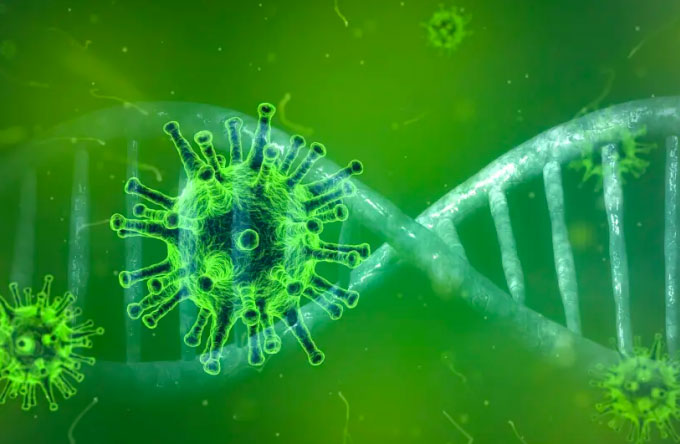Scientists are investigating a new subvariant of Omicron, BA.2.75, which has 9 unusual mutations on the spike protein.
BA.2.75 was first identified in India in June, evolving from the subvariant BA.2. This variant has since spread to Australia, Canada, Japan, Germany, New Zealand, the United Kingdom, and the United States.
According to experts, BA.2.75 spreads faster than other nCoV variants. Within just a few weeks, this variant has been detected in over 80 viral gene sequences worldwide.
While it remains unclear whether BA.2.75 can compete with the dominant BA.5 variant in many countries, the number of mutations and its transmission advantages have caught the attention of scientists.
Dr. Shay Fleishon, a member of the Virus Laboratory at Sheba Medical Center in Tel Hashomer, described this variant as “concerning.” However, he believes it is too early to predict whether this will be the next dominant variant.
The Bloom Laboratory at the Fred Hutchinson Research Institute noted that BA.2.75 is “remarkable” due to its “significant antigenic changes” compared to the original BA.2 variant. Two critical mutations of this variant are G446S and R493Q.

Illustration of nCoV in human cells. (Photo: Pixabay)
Among these, G446S is one of the mutations with a strong immune evasion advantage. It may reduce the effectiveness of vaccines that prevent BA.2. However, individuals previously infected with the BA.1 variant are not at risk of reinfection with BA.2.75.
The R493Q mutation enhances the virus’s ability to bind to the ACE2 receptor, which is the protein that nCoV uses to enter cells. Another mutation in BA.2.75, N460K, also increases the virus’s binding capability.
According to Dr. Fleishon, in recent months, the world has seen many subvariants of the Omicron lineage. These variants contain characteristic S1 mutations in the spike protein and changes in the part of the virus used to invade cells. This phenomenon did not occur in previous generations of variants.
Scientists agree that more in-depth research is needed before concluding the severity and risks posed by the new variant. They hope to assess whether BA.2.75 can effectively compete with BA.5 in the coming week.


















































